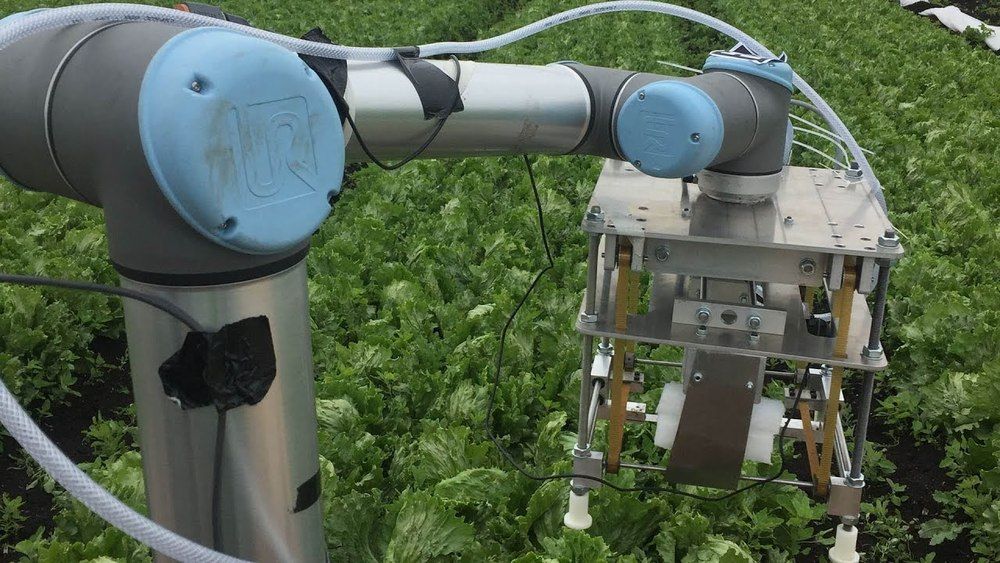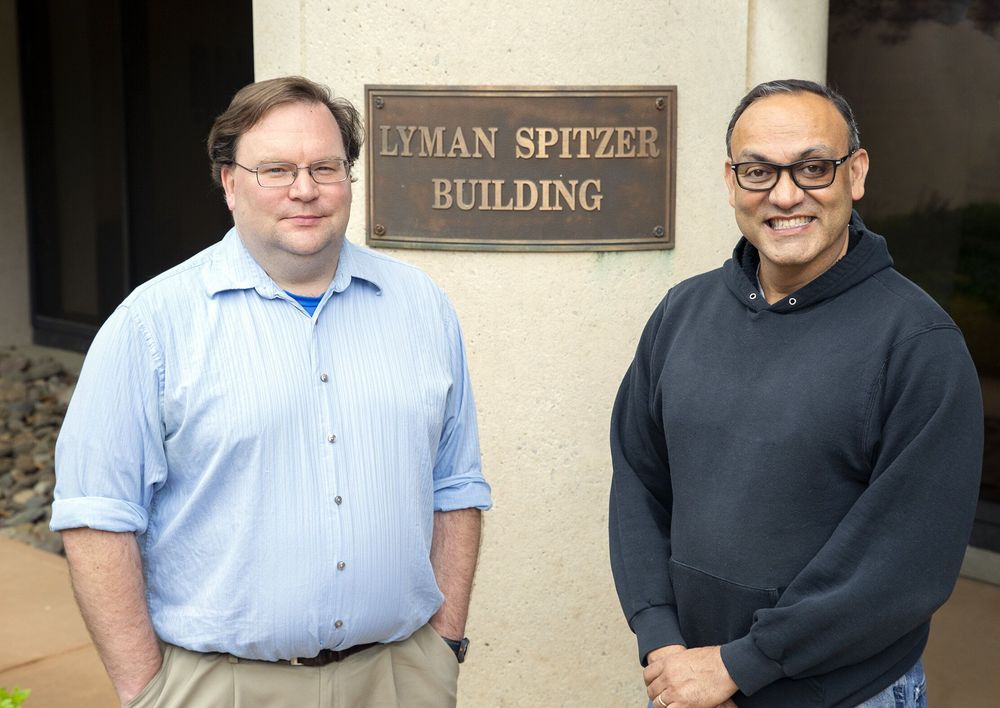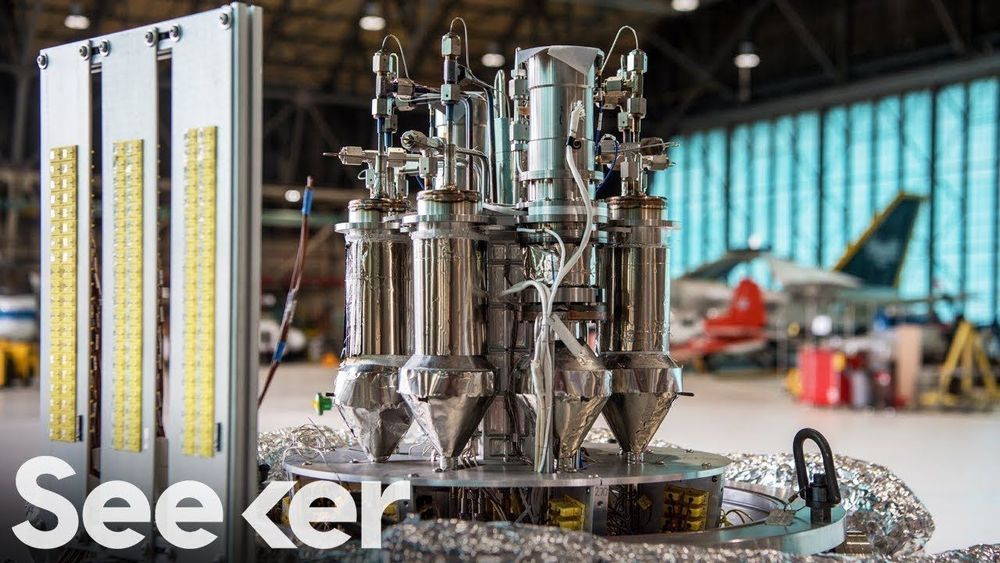Jul 8, 2019
Robot uses machine learning to harvest lettuce
Posted by Quinn Sena in categories: food, robotics/AI
A vegetable-picking robot that uses machine learning to identify and harvest a commonplace, but challenging, agricultural crop has been developed by engineers.
The ‘Vegebot’, developed by a team at the University of Cambridge, was initially trained to recognise and harvest iceberg lettuce in a lab setting. It has now been successfully tested in a variety of field conditions in cooperation with G’s Growers, a local fruit and vegetable co-operative.
Continue reading “Robot uses machine learning to harvest lettuce” »


















